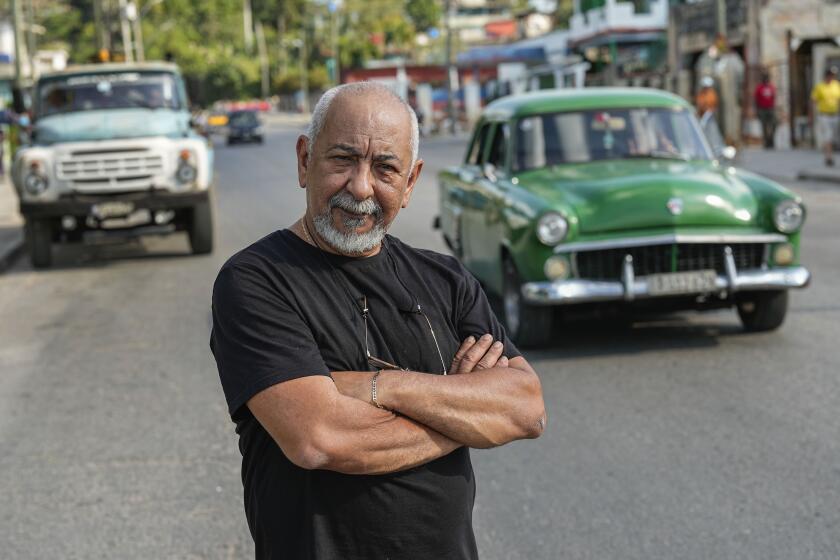Encinitas exploring local electricity control
Encinitas and other nearby cities could save money and reduce the region’s greenhouse gas emissions if they unite to take over electricity distribution in their jurisdictions.
The benefits were outlined in a study financed by Encinitas, Oceanside, Carlsbad and Del Mar to determine whether it would be possible to form their own agency to replace SDG&E as their electricity supplier.
The $100,000 study evaluated the potential for the four cities to form a Community Choice Energy program, a concept that is already being instituted in other areas, including Solana Beach, Encinitas’ neighbor to the south, and many cities in Northern California.
Seven residents spoke to the council in its meeting last week to urge their support for the program, while about a dozen others wore green pins indicating their backing.
“This is just a no-brainer because this is about pollution,” Eve Simmons said. “It’s about public health. ... This is so positive in so many ways.”
State legislation allows local governments to create the programs as alternatives to power distribution operated by investor-owned utilities such as SDG&E.
Agencies that choose the Community Choice model can buy the type of green energy, such as solar or wind power, that they would like to provide their constituents.
The study concluded that if the four cities united to form their own program, it could reduce customer rates an average of 2 percent.
Institution of the program could help Encinitas meet its Climate Action Plan goal of reducing greenhouse gas emissions 41 percent below 2012 levels by 2030.
Other options in pursuing Community Choice Energy would be to unite with other area cities, including San Diego.
In accepting the study, council members agreed to authorize further analysis. The analysis would identify specific objectives, options and support for forming a regional coalition or joining forces with another group to oversee the program.
The approximately $60,000 cost of the analysis would be shared among the four cities who agree to go forward. If all goes according to plan, the program could be operating in 2021, officials said. The expenditure would be reimbursable by the state.
Suscríbase al Kiosco Digital
Encuentre noticias sobre su comunidad, entretenimiento, eventos locales y todo lo que desea saber del mundo del deporte y de sus equipos preferidos.
Ocasionalmente, puede recibir contenido promocional del Los Angeles Times en Español.



